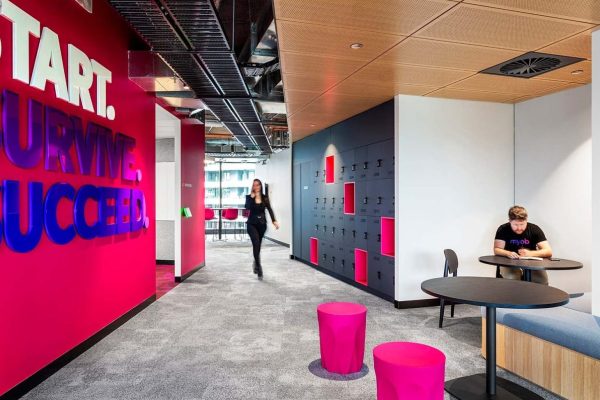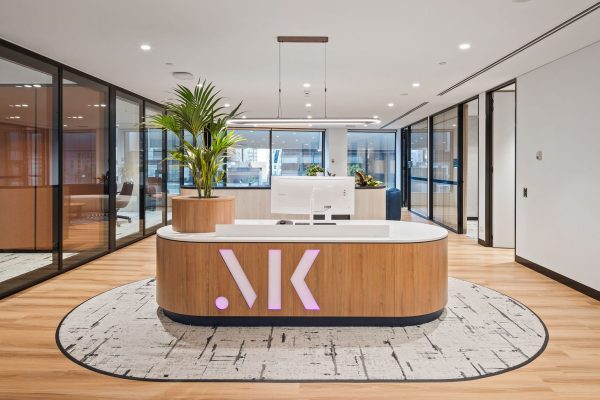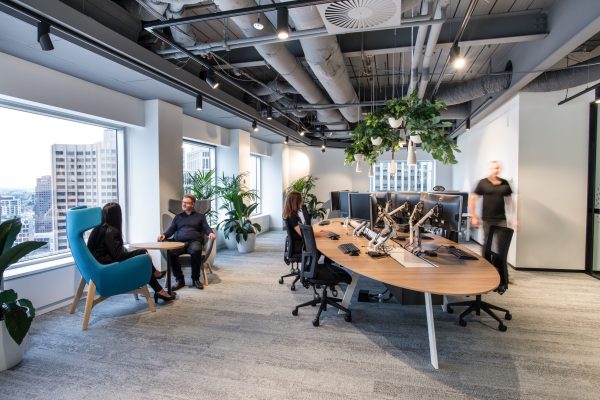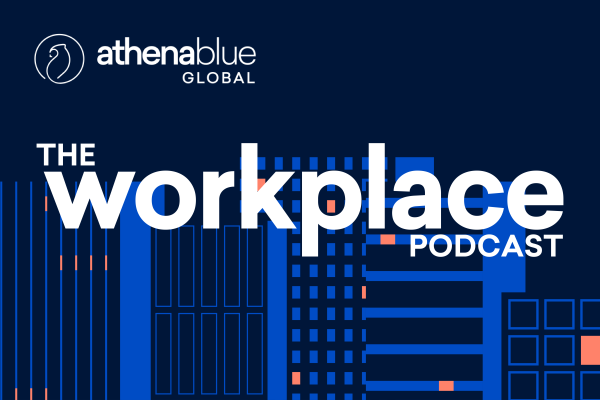The built environment is a major contributor to climate change and resource consumption. According to the GBCA, the built environment accounts for around 40% of energy-related global carbon emissions and approximately 50% of all materials consumed.
Currently, our society takes materials from the earth, process them into products, uses them for a relatively short period of time, and eventually disposes of them to landfill. We all take part in this process in some way or another – whether we’re buying a takeaway coffee down the street or commissioning a multi-storey building. This process is linear and unsustainable for our planet!
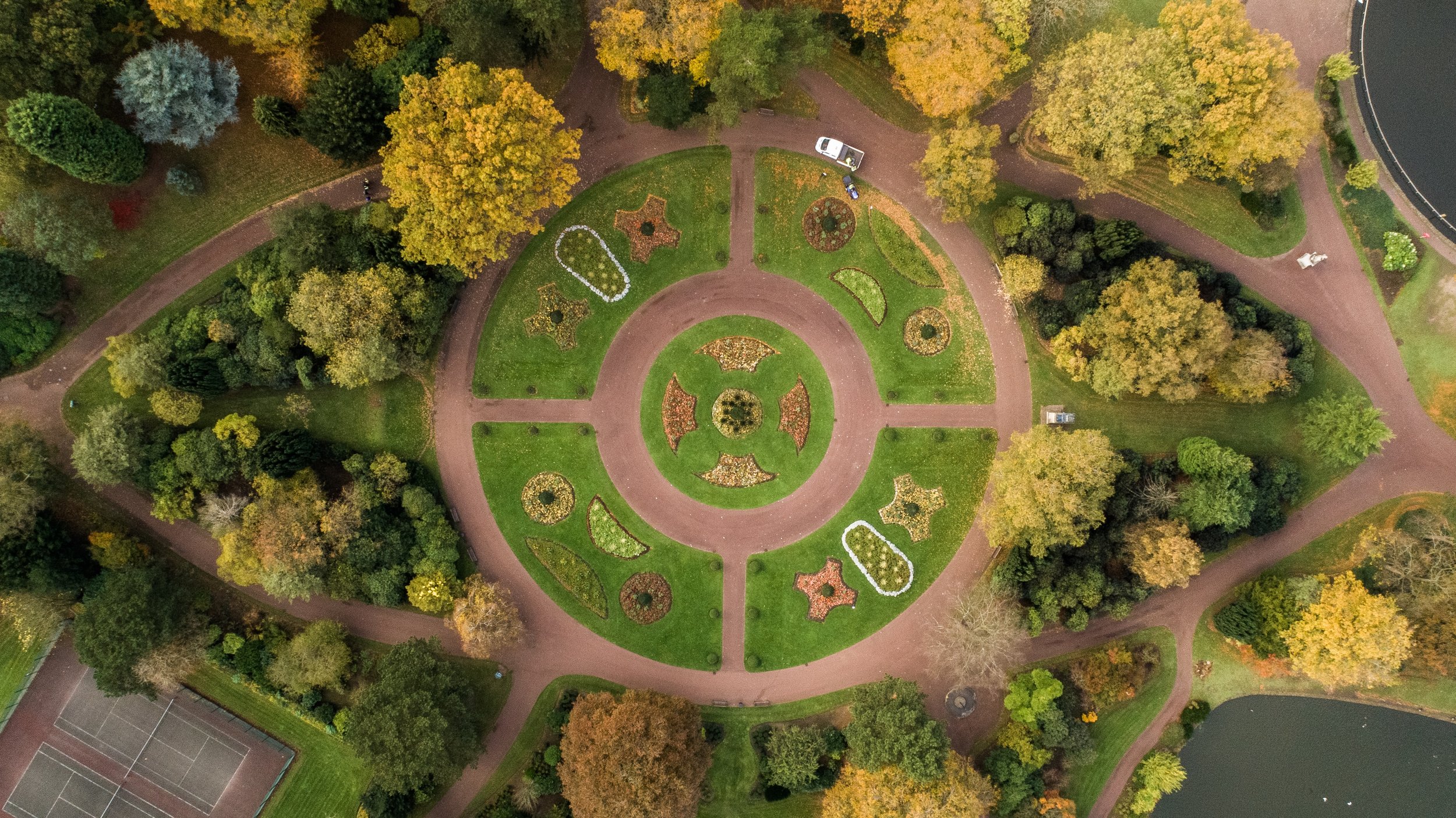
We as humans are custodians of this planet and are responsible for protecting its natural resources, using what we take sparingly and replenishing her natural systems. We must meet this ecological challenge head on by implementing circular economy principles in our business practices and day-to-day lives by:
– Designing out waste and pollution,
– Keeping products in use at their highest value; and
– Regenerating natural systems.
In essence a Circular Economy is an innovative economic model that aims to retain the value of circulating resources, promote long life, maximised reuse, encourage refurbishment, and boost the use of renewable materials.
The World Economic Forum describes the Circular Economy as:
“An industrial system that is restorative or regenerative by intention and design. It replaces the end-of-life concept with restoration, shifts towards the use of renewable energy, eliminates the use of toxic chemicals, which impair reuse and return to the biosphere, and aims for the elimination of waste through the superior design of materials, products, systems, and business models.”

How does your business start on your path towards a circular economy?
Initially, the journey begins by measuring operational efficiency, and then moving towards circularity over time. The most important step is to get started, develop your operational reductions, and then set more firm targets to work towards.
The Ellen MacArthur Foundation has two key indicators to help guide your business in implementing this new business model, strategies, and skillsets:
– The Material Circularity Indicator (MCI); and
– The Circular Economy Toolkit (CET.)
According to the GBCA’s ‘A circular economy discussion paper’, many businesses’ also look towards tools like Circulytics and ResCoM to measure circularity and support decision making of closed loop manufacturing systems respectively.
Why does implementing a circular economy in your business really matter?
We are using significantly more resources than our planet has capacity to deliver. Last year, Earth Overshoot Day fell on July 28 and is progressively getting worse each year. By the end of 2022, we had used 1.75 earths worth of resources.
Also, the Dasgupta Review 8, commissioned by the UK Government, noted that while we see accelerating progress in reducing carbon emissions, the crisis of biodiversity collapse, compounded by climate change and water scarcity, continues relentlessly. This poses a significant threat to our sector through increased resource prices and on-going international supply chain issues.
On a positive note, the shift to a circular economy is expected to bring significant economic and environmental benefits. KPMG Economics predict that the adoption of the circular economy in the food, built environment and transport sectors in Australia is worth $210 billion to GDP by 2048.
So, what are you waiting for? The time to get started is now!
At Athena Blue Global, we help organisations shape their best places to work. If you would like to learn more about how we can help you define your future way of working or make sense of your workplace needs, please get in touch with us here.


